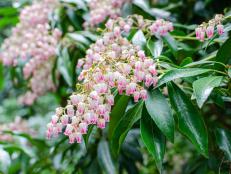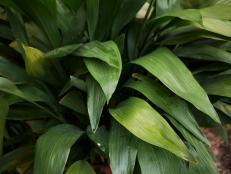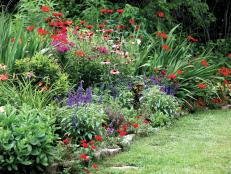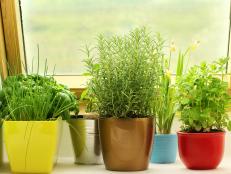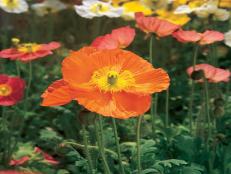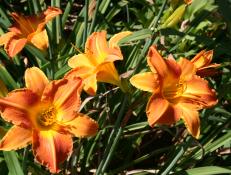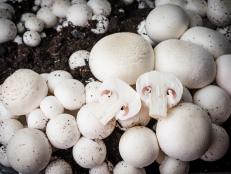Mexican Heather
Plant type: Broadleaf evergreen subshrub
Hardiness: USDA Zones 9 to 11 (may act as a perennial in Zones 7 and 8)
It grows in densely branched, two-foot-tall mounds of slender stems clad in masses of small, oblong to lance-shaped, bright green leaves that are evergreen in frost-free areas. Clusters of tiny flowers—usually in shades of purple, but sometimes in pink or white—bloom all along the stems from spring to fall, or even year-round in mild climates. Mexican heather can be sold under a variety of other names, including false heather, Hawaiian heather and elfin herb.
How to use it: In frost-free zones, Mexican heather makes a wonderful evergreen groundcover and provides non-stop bloom in borders, foundation plantings and containers. In USDA Zones 7 and 8, treat it like a perennial for spring-to-fall interest in beds and borders. Elsewhere, enjoy Mexican heather as an annual, either in the ground or in pots. In any area, the fine-textured foliage and flowers make it a perfect partner for bolder leaves and blooms. It also makes a lovely houseplant.
Culture: Average, well-drained soil with full sun to light shade is fine in most areas. In hot climates, partial shade can help to keep the foliage from fading. Water and fertilize potted plants regularly during the growing season, less during the winter. Older plants tend to get a bit leggy; if needed, trim them back lightly or entirely to the ground, and they'll come back better than ever. Start from seed in spring or propagate by cuttings. Mexican heather may self-sow in mild climates.
Special notes: Compact, long-blooming and practically problem-free, Mexican heather is truly a treasure for busy gardeners, especially in the hot, humid conditions that can quickly stress fussier flowers.
Selected Cultivars






